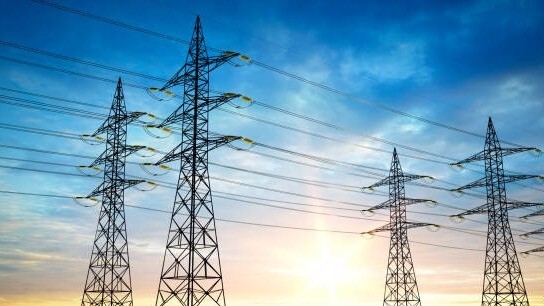
India’s ambitious energy transition is at a pivotal juncture. With a target of 500 GW of RE capacity by 2030, India is pacing up its RE development with solar and wind being the major contributor. However, integrating such a massive and variable RE portfolio into the existing grid presents significant technical and infrastructural challenges thereby making grid modernization and flexibility critical to achieve clean energy targets. Key requirements are mentioned below:
· Expansion of Transmission Infrastructure: The Central Electricity Authority (CEA) estimates that integrating 500 GW of RE by 2030 will require 50,890 circuit kilometers of interstate transmission lines and 433,575 MVA of substation capacity. This includes new high-voltage corridors, such as India’s ambitious energy transition is at a pivotal juncture. With a target of 500 GW of RE capacity by 2030, India is pacing up its RE development with solar and wind being the major contributor. However, integrating such a massive and variable RE portfolio into the existing grid presents significant technical and infrastructural challenges thereby making grid modernization and flexibility critical to achieve clean energy targets. Key requirements are mentioned below:8,120 ckt km of HVDC lines and nearly 26,000 ckt km of 765 kV AC lines, with a projected investment of INR 2,442 billion
· Smart Grid Technologies: Smart grids equipped with advanced sensors, automation, and real-time data analytics, are crucial for managing the variability and uncertainty of RE, improve grid flexibility, enable better forecasting of RE output, and support efficient power dispatch and grid stability
· Energy Storage Solutions: Significant scaling up of grid-scale storage, especially Battery Energy Storage Systems (BESS) and pumped hydro, is needed to address the variability of solar and wind and to provide grid balancing and ancillary services. India’s current storage capacity is far below the 60 GW goal for 2030
· Advanced Forecasting and Control: Accurate forecasting of RE generation, combined with automated grid management, allows for proactive balancing and minimizes disruptions
· Demand Side Management: Large-scale adoption of demand-side management (DSM) measures, such as Time-of-Day (ToD) pricing and smart meters, will help align consumption patterns with RE generation, provides flexibility, and enhance grid stability
Distributed Generation and Microgrids: Encouraging rooftop solar and decentralized generation can increase local generation, reduce power procurement cost and defer investment in sub transmission infrastructure thereby enhancing the revenue opportunity for the utilities.
· Financial Support: Attracting private investment through public-private partnerships, streamlined approvals, and innovative financing models are necessary to support the RE implementation, integration and grid modernization activities.
The implementation of above technologies supported by regulatory stability and adequate investment, are necessary for India to achieve its renewable energy targets and ensure a resilient, future-ready power grid.
Regards,
Suddhasatta Kundu
Director – Power Sector Advisory
Nangia Andersen LLP
A member firm of [global.andersen.com]Andersen Global
A-109, Sector-136, Noida (Delhi-NCR) – 201304

